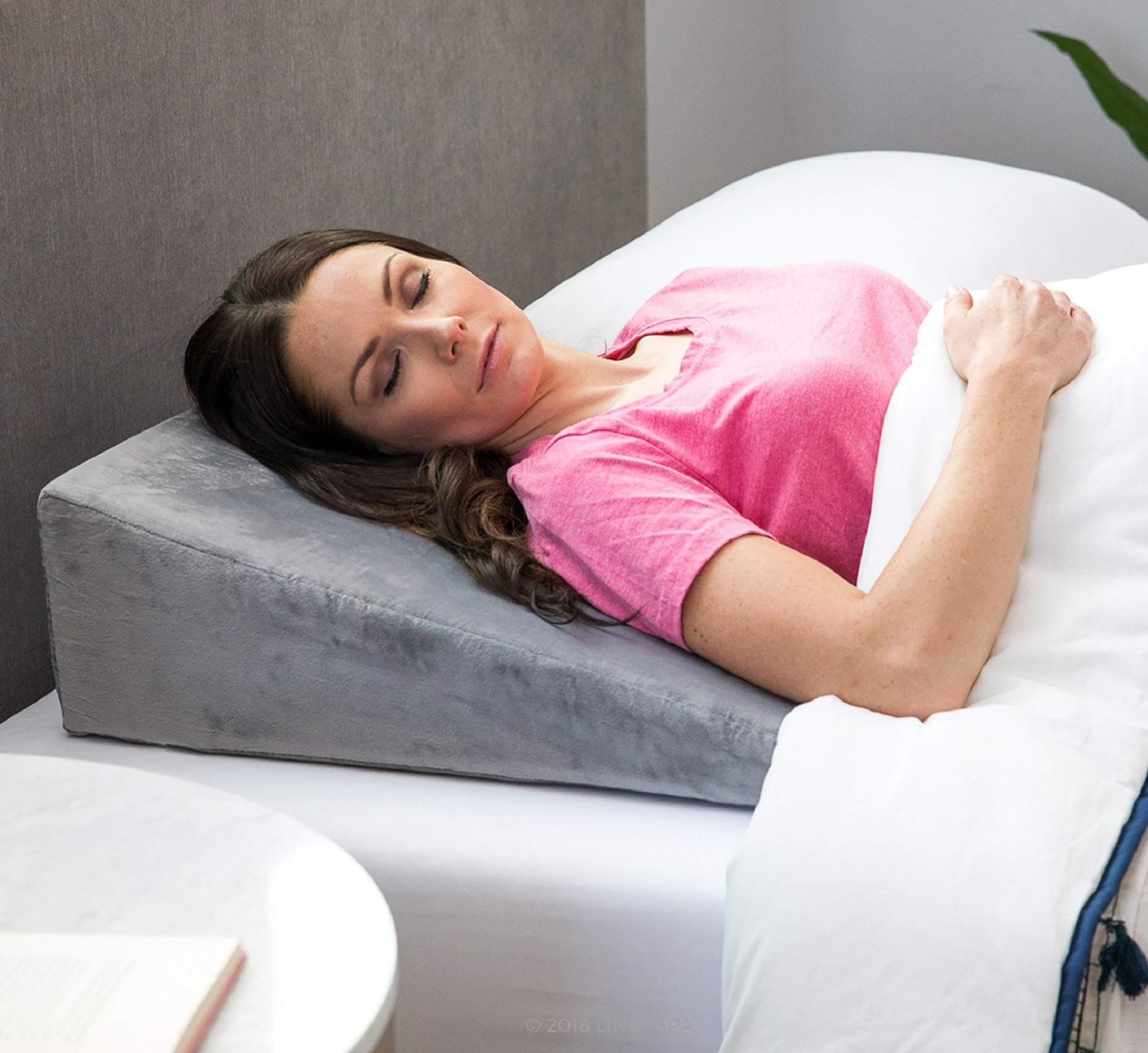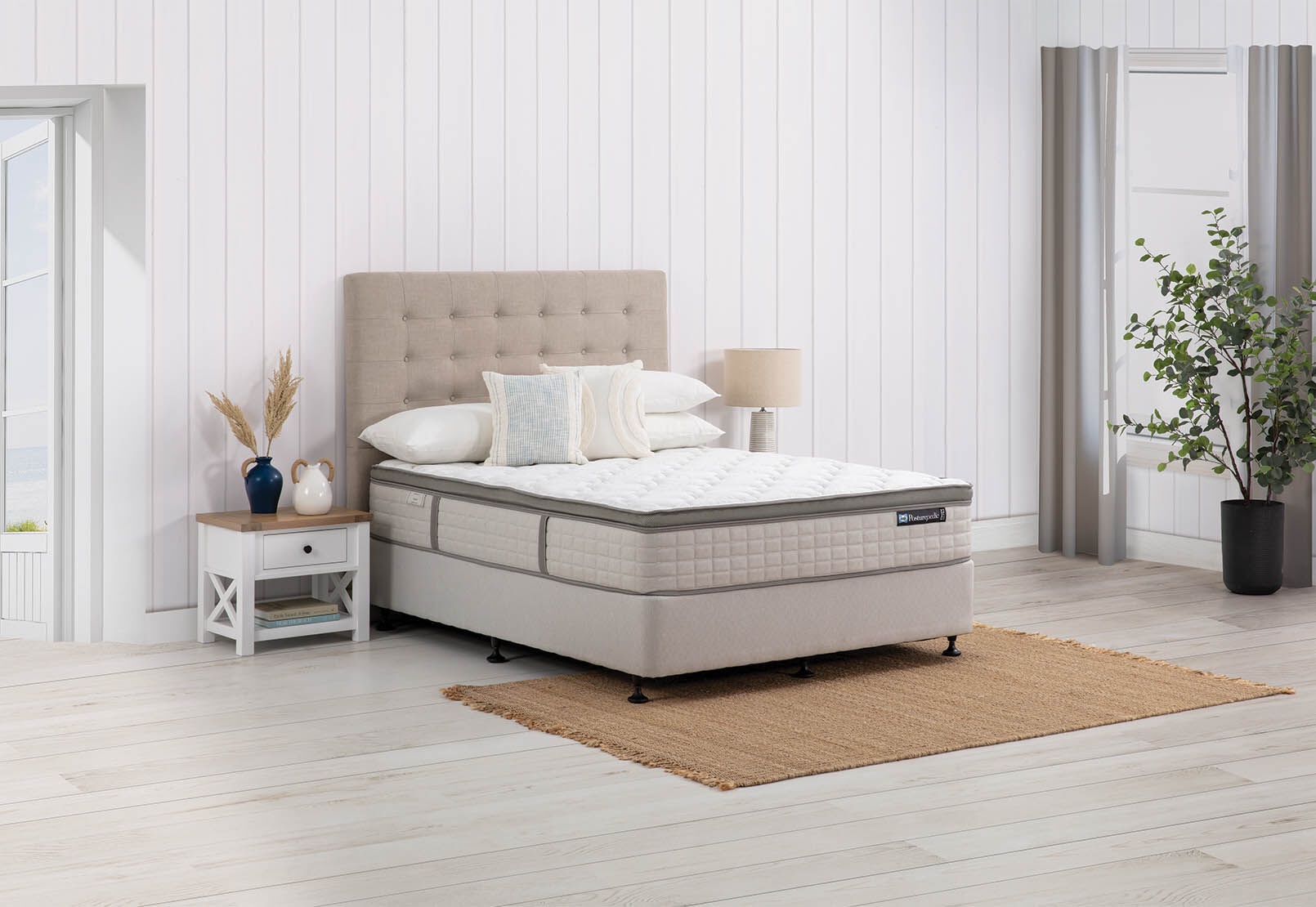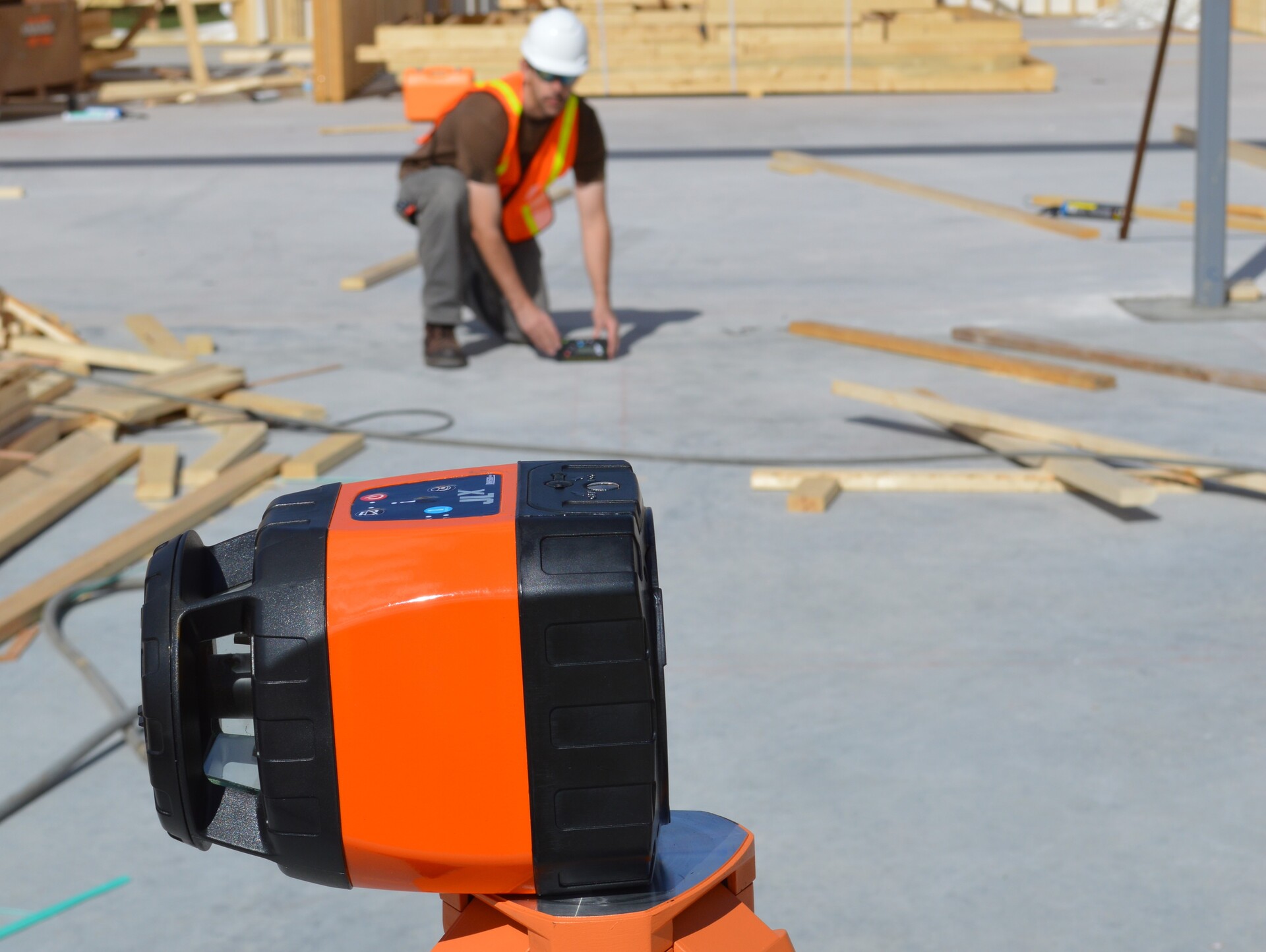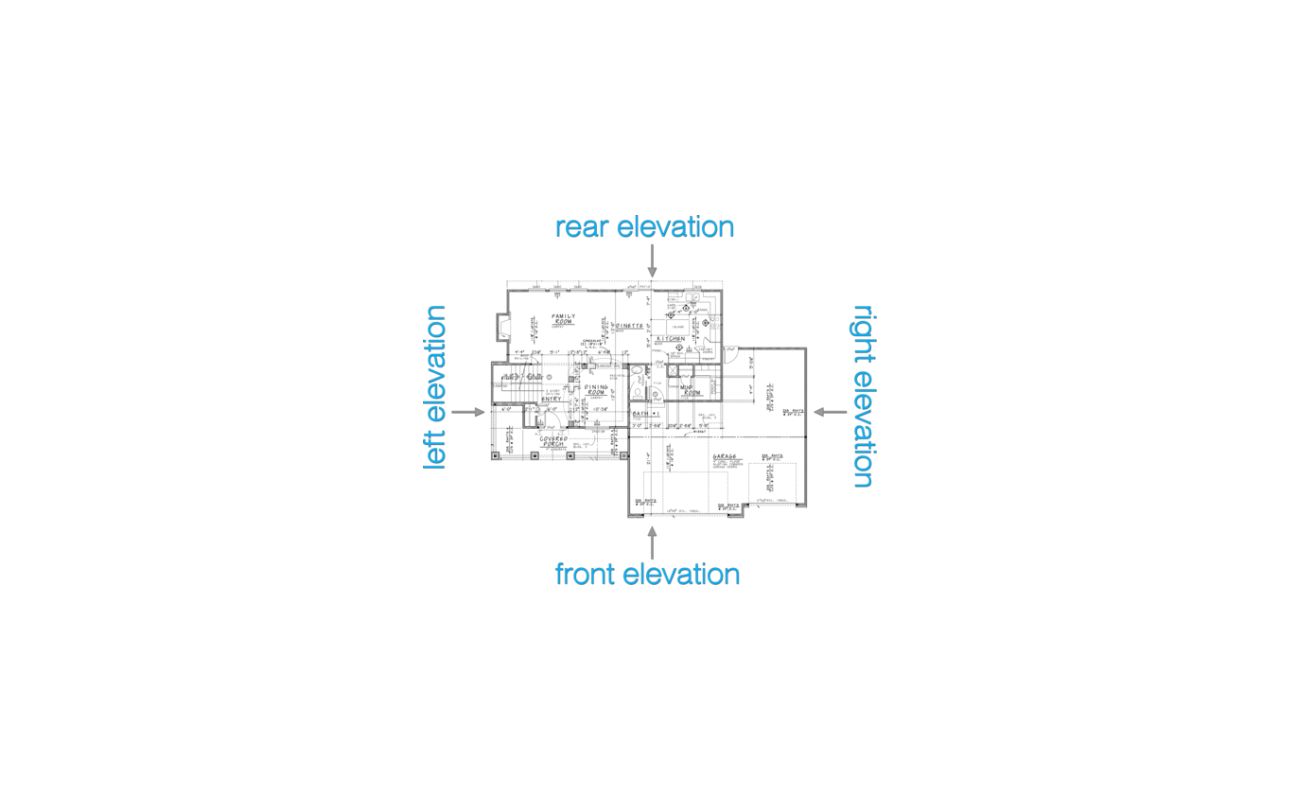Home>Furniture>Bedroom Furniture>How To Elevate The Head Of A Bed


Bedroom Furniture
How To Elevate The Head Of A Bed
Modified: November 1, 2024
Learn how to elevate the head of a bed with our expert tips and advice. Create a comfortable and ergonomic bedroom furniture setup for a better night's sleep.
(Many of the links in this article redirect to a specific reviewed product. Your purchase of these products through affiliate links helps to generate commission for Storables.com, at no extra cost. Learn more)
Introduction
Welcome to our comprehensive guide on how to elevate the head of a bed. Whether you are looking to improve your sleep quality, alleviate common health issues, or simply want to enhance your bedroom decor, raising the head of your bed can offer a range of benefits. In this article, we will explore the various methods to elevate the head of a bed and provide valuable tips to help you create the perfect sleep environment.
Why would you want to elevate the head of your bed, you may ask? Well, there are several reasons. One of the primary benefits is the potential to alleviate snoring and reduce sleep apnea symptoms. When the head is slightly elevated, it helps to keep the airways open, reducing the likelihood of snoring and promoting better breathing during sleep. This can greatly improve the quality of sleep for both the snorer and their sleep partner.
In addition to reducing snoring, elevating the head of the bed can also provide relief for individuals who suffer from acid reflux or heartburn. By raising the upper body, the esophageal sphincter is more likely to stay closed, preventing acid from flowing back up into the throat, which can cause discomfort and disrupt sleep.
Furthermore, for those who experience nasal congestion due to allergies or the common cold, sleeping with the head slightly elevated can alleviate the symptoms. It helps to drain excess fluid and reduce inflammation in the nasal passages, allowing for easier breathing and a more restful night’s sleep.
But it’s not just about health benefits. Elevating the head of your bed can also be a stylish design choice. It can add a touch of elegance and sophistication to your bedroom, giving it a more luxurious and inviting feel. Whether you prefer a classic, vintage look or a modern, minimalistic aesthetic, there are various methods to elevate your bed that can complement your personal style.
Now that we understand the benefits of elevating the head of a bed, let’s dive into the details of determining the ideal bed elevation height and explore the different methods available to achieve the desired result.
Key Takeaways:
- Elevating the head of your bed can reduce snoring, alleviate acid reflux, and improve sleep quality. Choose from methods like bed risers, wedge pillows, or adjustable bed frames to create a comfortable and supportive sleep environment.
- Prioritize stability and safety when elevating your bed. Consider individual needs, consult with a healthcare professional if necessary, and regularly monitor the effectiveness of your chosen method to ensure a safe and comfortable sleep environment.
Read more: How To Build An Elevated Garden Bed
Benefits of Elevating the Head of a Bed
Elevating the head of your bed can provide numerous benefits for your sleep quality and overall well-being. Let’s explore some of the key advantages of this simple yet effective technique:
- Reduced Snoring: One of the primary benefits of elevating the head of a bed is a potential reduction in snoring. When the head is raised, it helps to keep the airways open by preventing the tongue and throat tissues from blocking airflow. This can significantly decrease the intensity and frequency of snoring, leading to a more restful night’s sleep.
- Improved Sleep Apnea Symptoms: Sleep apnea is a condition characterized by interrupted breathing during sleep. Elevating the head of the bed can help alleviate sleep apnea symptoms by allowing gravity to stimulate proper breathing patterns. This can help reduce instances of breathing cessation and improve oxygen flow, promoting a deeper and more rejuvenating sleep.
- Alleviation of Acid Reflux: If you suffer from acid reflux or heartburn, elevating the head of your bed can provide relief. By positioning your upper body at an angle, gravity helps prevent stomach acid from flowing back up into the esophagus, reducing discomfort and potential damage to the delicate lining of the throat.
- Relief from Nasal Congestion: Elevating the head of your bed can also help alleviate nasal congestion caused by allergies, colds, or sinusitis. By raising your head, excess fluid can drain more easily, and nasal passages are less likely to become inflamed, allowing for improved breathing and a peaceful night’s sleep.
- Enhanced Circulation: Sleeping with your head elevated can promote better blood circulation throughout your body. When your head is positioned higher than your heart, gravity aids in the movement of blood, reducing the risk of swelling in the extremities and promoting optimal circulation throughout the night.
In addition to these health benefits, elevating the head of your bed can also have a positive impact on your daily life. By getting better sleep and reducing disruptive sleep-related symptoms, you may experience improved focus, productivity, and overall mood throughout the day.
Now that we’ve explored the various benefits of elevating the head of a bed, let’s move on to determining the ideal bed elevation height and the methods available to achieve it.
Determining the Ideal Bed Elevation Height
When it comes to elevating the head of your bed, finding the ideal height is crucial to ensure maximum comfort and effectiveness. The optimal bed elevation height can vary depending on your specific needs and preferences. Here are some factors to consider when determining the ideal elevation height:
- Health Conditions: Consider any pre-existing health conditions you may have, such as acid reflux, sleep apnea, or nasal congestion. For acid reflux, a slight elevation of around 4-6 inches (10-15 cm) may be sufficient. For sleep apnea or nasal congestion, you may need a slightly higher elevation of 6-8 inches (15-20 cm).
- Comfort Level: It’s important to find a height that feels comfortable and supportive for your body. Experiment with different elevation heights by using pillows or adjustable bed frames to find the position that allows you to sleep comfortably and without strain on your neck or back.
- Personal Preference: Everyone is unique, and what works for one person may not work for another. Some individuals find relief and improved sleep quality with moderate elevation, while others may require a higher incline. Listen to your body and adjust the elevation height based on your personal preference and comfort.
- Trial and Error: Determining the ideal bed elevation height may involve some trial and error. Start with a moderate elevation and gradually adjust it over time to find the position that provides the most benefit and comfort for you.
- Consult with a Healthcare Professional: If you have specific health concerns or conditions, it may be beneficial to seek guidance from a healthcare professional. They can provide personalized recommendations based on your individual needs and help you determine the most suitable elevation height for your bed.
Remember, finding the ideal bed elevation height is a process, and it may take some time to find what works best for you. Take into consideration your unique circumstances, listen to your body, and make adjustments as necessary to optimize your sleep environment.
Now that we have discussed how to determine the ideal bed elevation height, let’s explore the different methods available to elevate the head of a bed.
Methods to Elevate the Head of a Bed
There are several effective methods available to elevate the head of a bed, allowing you to customize the height and achieve optimal comfort. Here are some popular methods to consider:
- Using Bed Risers: Bed risers are an affordable and simple solution to raise the head of your bed. These sturdy platforms are placed beneath the bed legs to add height. Bed risers are available in various sizes and materials, such as plastic or wood, and can provide a lift of 4-8 inches (10-20 cm), depending on your needs.
- Using Wedge Pillows: Wedge pillows are specially designed to elevate the upper body while sleeping. They are shaped like a triangle, with a gradual incline that supports your back and neck. Wedge pillows are available in different sizes and materials, and they can provide a comfortable and adjustable elevation depending on the height of the pillow and how it’s positioned on the bed.
- Using Adjustable Bed Frames: If you’re looking for a more versatile and customizable option, consider investing in an adjustable bed frame. These frames allow you to adjust the angle of the head section electronically or manually, providing precise control over the elevation height. Adjustable bed frames are available in various styles and sizes, ensuring compatibility with your existing mattress.
- Using Bed Blocks: Bed blocks are an alternative to bed risers and can provide a similar elevation effect. They are placed beneath the bed legs, raising the head of the bed to the desired height. Bed blocks are often made of wood, and their dimensions can be customized to meet your specific needs.
- Using Under-bed Wedges: Under-bed wedges are wedge-shaped devices that are placed under the mattress rather than on top of it. These wedges provide a gradual incline, raising the entire mattress to elevate the head of the bed. Under-bed wedges are available in different sizes and materials, and they offer a discreet and adjustable method of achieving the desired elevation height.
- Using Adjustable Mattress Bases: For ultimate customization, consider an adjustable mattress base. These bases allow you to electronically or manually adjust the position of the mattress, including the head section. With the touch of a button, you can elevate your bed to the perfect height for maximum comfort and support.
Choose the method that suits your preferences and budget, and ensure that the technique you select provides the desired height for elevating the head of your bed.
Now that we have explored various methods to elevate the head of a bed, let’s dive into a few DIY techniques that can help you achieve the desired bed elevation.
Using Bed Risers
Bed risers are a popular and cost-effective method to elevate the head of a bed. These sturdy platforms are placed beneath the legs of the bed to provide additional height. Here’s how you can use bed risers to elevate the head of your bed:
- Select the Right Bed Risers: Start by choosing the appropriate bed risers for your needs. Bed risers are available in various sizes and materials, such as plastic or wood. Consider the weight capacity of the risers to ensure they can support the weight of your bed and any occupants.
- Clean the Area: Before placing the bed risers, make sure the floor underneath the bed is clean and free from dust or debris. This will ensure a stable and secure base for the risers.
- Remove the Mattress and Box Spring: To access the bed legs, remove the mattress and box spring from the bed frame. Place them in a safe and clean area to prevent damage or dirt accumulation.
- Position the Bed Risers: Carefully position the bed risers underneath each leg of the bed frame. Ensure that the legs are centered in the risers for stability. Gently lower the bed frame onto the risers, making sure that each leg is securely placed inside the riser cup or groove.
- Adjust the Height: If you need additional elevation, you can stack multiple bed risers on top of each other. This allows you to customize the height to your preference. However, make sure that the stacked risers are stable and secure.
- Reassemble the Bed: Once the bed risers are in place, carefully reassemble the bed by placing the box spring and mattress back onto the frame. Ensure that they are properly aligned with the elevated head of the bed.
- Double-Check Stability: Before using the bed, double-check the stability of the bed risers. Give the bed a gentle shake to ensure that it is secure and level. If you notice any wobbling or instability, readjust the risers or consider using a more stable solution.
Using bed risers is a simple and effective way to raise the head of your bed. They provide a durable and customizable solution that can be easily adjusted to achieve the desired elevation height.
Now that you are familiar with using bed risers, let’s explore another method to elevate the head of a bed using wedge pillows.
Elevating the head of the bed can help with conditions like acid reflux. Use bed risers or place blocks under the bedposts to raise the head by 6-8 inches.
Read also: 11 Superior Elevated Dog Bed for 2025
Using Wedge Pillows
Wedge pillows are specially designed to elevate the upper body while sleeping, making them a great option for elevating the head of a bed. These pillows are shaped like a triangle, with a gradual incline that supports your back and neck. Here’s how you can use wedge pillows to elevate the head of your bed:
- Select the Right Wedge Pillow: Choose a wedge pillow that suits your needs and preferences. They come in various sizes and materials, such as memory foam or inflatable options. Consider factors like the desired height of elevation and the level of support you prefer.
- Place the Wedge Pillow on the Bed: Position the wedge pillow on the bed in a way that aligns with the head of the bed. The wide base of the wedge should be placed at the bottom near the headboard, gradually tapering towards the top.
- Adjust the Height and Position: Depending on your desired level of elevation, you can adjust the height and position of the wedge pillow. Place it lower on the bed for a more subtle incline or higher for a more pronounced elevation. Experiment with different positions to find the most comfortable and effective angle for your needs.
- Add Additional Pillows: If necessary, you can add additional pillows for extra support. Place regular pillows behind the wedge pillow to ensure that it stays in place and to provide additional comfort for your head, neck, and shoulders.
- Test for Comfort: Lie down on the bed and test the comfort and support provided by the wedge pillow. Adjust the height and position as needed until you find the most comfortable angle for elevating your head. Ensure that the wedge pillow supports your upper body without causing strain or discomfort.
- Secure the Pillow in Place: To prevent the wedge pillow from sliding down or shifting during sleep, you can use straps or pillowcases with built-in fasteners. These will help keep the pillow securely in place throughout the night.
- Maintain Proper Pillow Hygiene: Regularly clean and maintain your wedge pillow according to the manufacturer’s instructions. This will ensure that it remains hygienic and in good condition for continued use.
Using wedge pillows is a convenient and adjustable method to elevate the head of your bed. They offer support and comfort while promoting optimal airflow and alignment of the upper body during sleep.
Now that you are familiar with using wedge pillows, let’s explore another method to elevate the head of a bed using adjustable bed frames.
Using Adjustable Bed Frames
Adjustable bed frames bring a new level of versatility and customization to elevating the head of a bed. These frames allow you to electronically or manually adjust the angle of the head section, providing precise control over the elevation height. Here’s how you can use adjustable bed frames to elevate the head of your bed:
- Select an Adjustable Bed Frame: Choose an adjustable bed frame that suits your needs and preferences. There are various options available, including models with different features such as remote controls, massage functions, and programmable settings. Consider the size and compatibility of the frame with your existing mattress.
- Follow the Assembly Instructions: Carefully follow the manufacturer’s instructions to assemble the adjustable bed frame. Make sure to secure all connections and components properly to ensure stability and safety.
- Set Up the Mattress: Place your mattress onto the adjustable bed frame, ensuring that it is properly aligned with the frame. Adjust any straps or fasteners to secure the mattress in place, preventing it from sliding or shifting during adjustments.
- Adjust the Head Section: Use the electronic controls or manual mechanisms to adjust the angle of the head section. Gradually raise the head section to your desired elevation height. Take your time to find the most comfortable position that provides proper support for your upper body.
- Experiment with Different Angles: Adjustable bed frames often offer a range of angle options, allowing you to find the perfect elevation angle for your needs. Experiment with different angles to determine what feels most comfortable and provides the desired benefits.
- Try Additional Features: Some adjustable bed frames come with additional features such as massage settings or programmable positions. Explore these features to enhance your sleeping experience and find the optimal position that suits your preferences.
- Test for Comfort and Stability: Once you have adjusted the bed frame, lie down on the bed and test the comfort and stability. Ensure that the elevated head section provides proper support for your upper body and that the bed frame remains stable and secure throughout the night.
- Make Adjustments as Needed: As your preferences and needs may change over time, feel free to make adjustments to the elevation height as necessary. Listen to your body and adjust the angle of the head section to maximize comfort and support.
Using an adjustable bed frame offers the ultimate flexibility in elevating the head of your bed. It allows for precise control over the elevation height and provides a comfortable and customizable sleeping experience.
Now that you are familiar with using adjustable bed frames, let’s explore some DIY techniques to elevate the head of a bed.
DIY Bed Elevation Techniques
If you’re looking for do-it-yourself (DIY) solutions to elevate the head of your bed, there are several techniques you can try. These methods can be cost-effective and allow for customization to meet your specific needs. Here are some DIY bed elevation techniques:
- Using Wooden Blocks: One simple DIY method is to use wooden blocks or sturdy pieces of wood to elevate the head of your bed. Place the blocks or wood underneath the legs of the bed frame to achieve the desired height. Ensure that the blocks are securely in place and stable to maintain the elevation.
- Utilizing Bricks or Books: Another option is to use bricks or thick books as bed risers. Place them strategically beneath the bed legs at the head section to achieve the desired elevation. Make sure the bricks or books are stacked evenly and securely to provide stable support.
- Constructing a Ramp: If you’re feeling more adventurous, you can build a ramp to elevate the head of your bed. Use sturdy materials such as plywood or wooden planks to create the ramp, gradually increasing the height as you move towards the head section of the bed. Ensure that the ramp is securely attached to the bed frame and provides a stable incline.
- Layering Pillows: If you prefer a temporary solution, you can layer pillows under your upper body to achieve elevation. Stack pillows behind your head, neck, and upper back until you reach the desired height. This method allows for easy adjustability and customization to suit your comfort level.
- Constructing a Incline Cushion: Another DIY option is to create an inclined cushion using foam or fabric. Measure and cut the foam or fabric to match the size of the top section of your mattress. Gradually taper the foam or fabric to create an incline, and position it under the fitted sheet or mattress cover at the head section to achieve elevation.
- Using Folded Towels or Blankets: Folded towels or blankets can be used as makeshift bed elevators. Roll the towels or blankets tightly and place them under the upper portion of the mattress to create an incline. Adjust the number and thickness of the towels or blankets to achieve your desired elevation height.
When utilizing DIY bed elevation techniques, it’s important to prioritize safety and stability. Ensure that any materials used are sturdy, secure, and capable of supporting the weight of the bed and occupants. Regularly check the stability of the DIY solution, and make adjustments as needed to maintain a safe sleeping environment.
Now that you are familiar with DIY bed elevation techniques, let’s discuss some precautions and safety measures to consider when elevating the head of a bed.
Precautions and Safety Measures
While elevating the head of a bed can offer numerous benefits, it’s important to take precautions and ensure your safety. Here are some important precautions and safety measures to consider:
- Stability: Ensure that any method you choose for elevating the head of your bed is stable and secure. Whether you’re using bed risers, wedge pillows, adjustable bed frames, or DIY solutions, regularly check for stability and make adjustments as needed. This will help prevent accidents or injuries during sleep.
- Weight Capacity: Be mindful of the weight capacity of the devices or materials used to elevate your bed. Whether it’s bed risers, adjustable bed frames, or DIY solutions, make sure they can support the weight of your bed, mattress, and any occupants. Exceeding weight limits can lead to instability and potential damage to the bed or injuries.
- Proper Assembly and Installation: If you choose bed risers or adjustable bed frames, carefully follow the manufacturer’s instructions for assembly and installation. Improper assembly can compromise the stability and safety of the bed. For DIY solutions, ensure that materials are securely in place and can handle the weight and pressure of the bed.
- Comfort and Alignment: Pay attention to your comfort and body alignment when elevating the head of your bed. The aim is to achieve a position that supports your head, neck, and upper body while promoting proper alignment. Avoid elevating the head too high or using unsuitable materials that can lead to uncomfortable sleeping positions or strain on your body.
- Individual Needs: Consider individual needs and consult with a healthcare professional if necessary. If you have specific health conditions, such as acid reflux, sleep apnea, or circulation issues, it’s important to seek advice from a healthcare professional. They can provide personalized guidance on the ideal height and methods for elevating the head of your bed.
- Maintaining a Clean Environment: Regularly clean the area beneath your bed and the materials used for elevation. This will help prevent the accumulation of dust, dirt, or allergens, ensuring a clean and hygienic sleeping environment.
- Regular Monitoring: Periodically assess the effectiveness of the chosen method for elevating your bed. Check for any changes in your sleep quality, comfort, or symptoms. If you experience any discomfort or adverse effects, make necessary adjustments or consider alternative methods.
By following these precautions and safety measures, you can elevate the head of your bed with confidence, ensuring both your comfort and well-being.
Now that we’ve covered the precautions and safety measures, let’s summarize all the important points we’ve discussed.
Read also: 15 Best Bed Head for 2025
Conclusion
Elevating the head of your bed can have numerous benefits, including improved sleep quality, reduced snoring, relief from acid reflux and nasal congestion, and enhanced circulation. Whether you choose bed risers, wedge pillows, adjustable bed frames, or DIY solutions, there are various methods available to achieve the desired elevation height for your bed.
When determining the ideal elevation height, consider factors such as your health conditions, personal comfort level, and trial and error. Consulting with a healthcare professional can provide valuable guidance if you have specific concerns or conditions.
Bed risers offer a simple and affordable solution, allowing you to raise the head of your bed by placing sturdy platforms under the legs. Wedge pillows provide adjustable support and comfort by elevating your upper body, while adjustable bed frames offer versatile customization with electronic or manual adjustments.
If you prefer DIY options, you can use wooden blocks, bricks, or books to elevate the head of your bed. Constructing a ramp or using folded towels or blankets are additional DIY techniques to achieve the desired height. It’s important to prioritize stability and safety with any DIY method you choose.
Remember to take precautions and consider safety measures such as stability, weight capacity, proper assembly, comfort, and individual needs. Regularly assess the effectiveness of your chosen method and make adjustments as necessary to ensure a safe and comfortable sleep environment.
Elevating the head of your bed can significantly improve sleep quality, alleviate common health issues, and enhance the aesthetic appeal of your bedroom. By implementing these techniques and following the precautions and safety measures, you can create a supportive and comfortable sleeping environment that promotes better rest and overall well-being.
Now that you have a clear understanding of the benefits, methods, and safety considerations for elevating the head of your bed, it’s time to apply this knowledge and create the perfect sleep environment for yourself. Sweet dreams!
Frequently Asked Questions about How To Elevate The Head Of A Bed
Was this page helpful?
At Storables.com, we guarantee accurate and reliable information. Our content, validated by Expert Board Contributors, is crafted following stringent Editorial Policies. We're committed to providing you with well-researched, expert-backed insights for all your informational needs.













